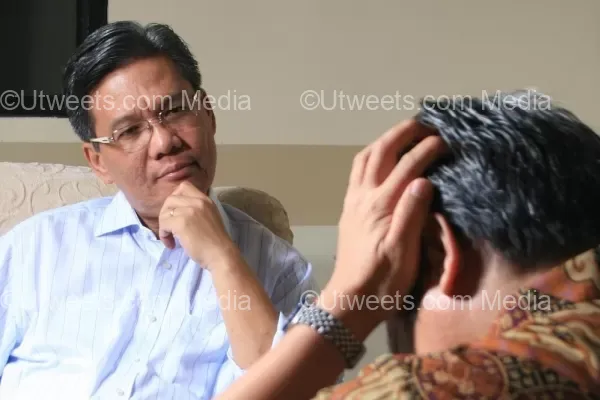I used to direct a study-abroad program that took students to Tartu, Estonia, for eight weeks and then to Fez, Morocco, for another eight weeks. Living in a foreign country is always full of surprising challenges, especially for young people who haven’t done much traveling. One of the most difficult tests my American students faced was mailing a postcard at the central post office in Fez. ...READ THE FULL STORY FROM SOURCE ...READ THE FULL STORY FROM SOURCE
To mail their postcards, the students had to buy stamps from a clerk at the front counter. To get to the counter, they had to sidle, squeeze, push, and elbow their way through an unruly crowd of Fassis, all of whom were equally determined and more practiced than my students. The students couldn’t handle it. It was just too much, so they gave up. They left the post office without mailing their postcards.
The first time this happened, I went back to the post office with the students, confident that I’d be able to succeed where they had failed. Ha! I took one look at the chaotic situation, checked my heart rate, and backed away.
How to Respond to a Cultural Incident
Later that year, I came across The Art of Crossing Cultures by intercultural trainer Craig Storti. In the book, Storti offers helpful advice about how to respond to a cultural incident.
According to Storti, a cultural incident is a particular kind of cultural encounter: the unpleasant kind. The kind that makes you feel confused, irritated, anxious, angry, or embarrassed.
My wife and I once asked a man on the street to help us find a particular shop in the Ville Nouvelle of Fez. The man quickly agreed, walked with us to the corner, pointed to the shop 20 meters ahead, and asked for a tip. I gave him three dirhams, enough to buy two loaves of bread, but he yelled at me in French and Arabic, demanding more money. My wife and I hurried away, feeling confused and embarrassed. Un incident culturel.
Storti describes the usual course of events.
We expect others to be like us, but they aren’t.
Thus, a cultural incident occurs.
This causes an emotional reaction (anger, fear, embarrassment).
We withdraw.
By “withdraw,” Storti means we remove ourselves from the situation and retreat to a familiar space with like-minded people, a place where we know the cultural rules and expectations. Obviously, this kind of reaction makes it nearly impossible to experience a new culture fully or achieve cultural understanding. So Storti urges us to take a different approach:
Instead of withdrawing, become aware of your emotional reaction.
Reflect upon its cause.
When we reflect upon the cause, the emotional reaction subsides.
The reaction subsides because it’s not possible to feel angry while simultaneously analyzing the cause of our anger.
When the feelings have gone away, we can then observe the situation.
This allows us to develop culturally appropriate expectations.
After reading about Storti’s model of intercultural adjustment, I told my students, “You expected people at the post office to queue up and wait their turn. But that’s not how it’s done in Morocco, so you felt confused and afraid. You left the post office and retreated to a familiar place with familiar people.”
“Instead of withdrawing, stop and reflect upon the cause of your emotional reaction. You felt confused and afraid because you’ve never had to push and shove to get to the counter at a post office.”
“But you’ve pushed and shoved to get onto the subway, right? It’s true that we Americans line up to buy groceries and board airplanes, but we don’t line up to get into a football stadium for the big game. Just tell yourself that buying a stamp in Fez is like maneuvering to the front of the auditorium for a Taylor Swift concert.” So that’s what they did. They jostled along with everyone else at the post office, bought their stamps, and mailed their postcards. Incident culturel? Non, une petite victoire.…For More READ THE FULL STORY ▶▶



